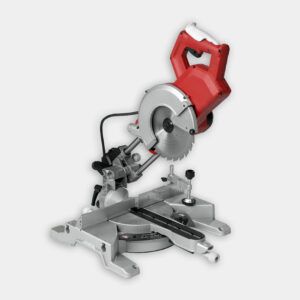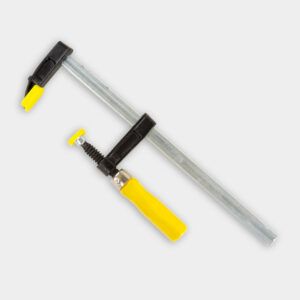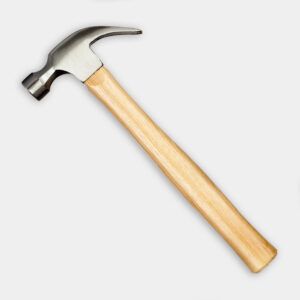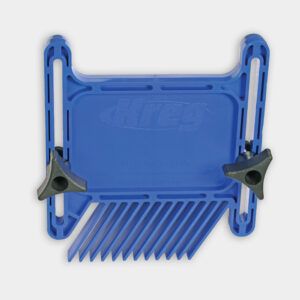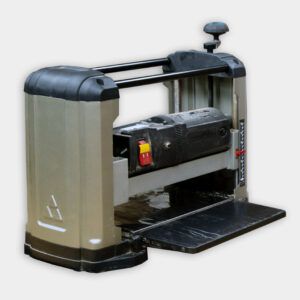Project details
Skill
Cost
Estimated Time
Building a reclaimed wine rack is a great way to showcase your woodworking skills while creating a functional and stylish piece for your home. You’ll create storage for your wine collection while bringing new life to old wood, adding character and history to your space.
In this guide, we’ll walk you through the process of creating a beautiful wine rack using reclaimed materials, perfect for both novice and experienced woodworkers. You can also watch This Old House general contractor Tom Silva build the same one in the video above.
Tools and Materials You’ll Need To Build a Reclaimed Wine Rack
For this wine rack project, you’ll need the following materials:
- 5/4×4 stock, 12 linear feet
- 5/4×4 stock, 8 linear feet
- 1/2-inch plywood panel, 19 1⁄2 by 8 1⁄2 inches
- 1×1 stock, 9 linear feet
- 8/4×8/4 stock, 14 linear feet
- 5x30mm loose tenons
- 2-inch brad nails
- 150-grit sandpaper
- Black polyurethane stain
- Gloss polyurethane
- Two 1-inch panels, 12 1⁄2 by 28 1⁄2 inches
- Wipe-on polyurethane
- Wood glue
Tools
Here are the tools you’ll need:
Cut list
Here’s a comprehensive cut list for the wine rack project:
- Back panel: 1 @ 1/2 by 19 1/4 by 28 1/2 inches
- Bottle-rack shelves: 8 @ 3/4 by 3/4 by 18 3/4 inches and 24 @ 3/4 by 3/4 by 12 1/4 inches
- Front rails: 1 @ 1 by 3 by 18 3/4 inches
- Legs: 4 @ 2 by 2 by 37 1/2 inches
- Side panels: 2 @ 1 by 12 1/2 by 28 1/2 inches
- Side rails: 4 @ 1 by 2 by 12 inches
- Stemware holders: 4 @ 1 by 3 by 13 3/4 inches
- Stemware holder spacers: 4 @ 3/4 by 2 by 13 3/4 inches
- Stemware holder supports: 2 @ 2 by 18 3/4 by 1 inch
- Top: 2 @ 2 by 17 1/2 by 12 3/8 inches
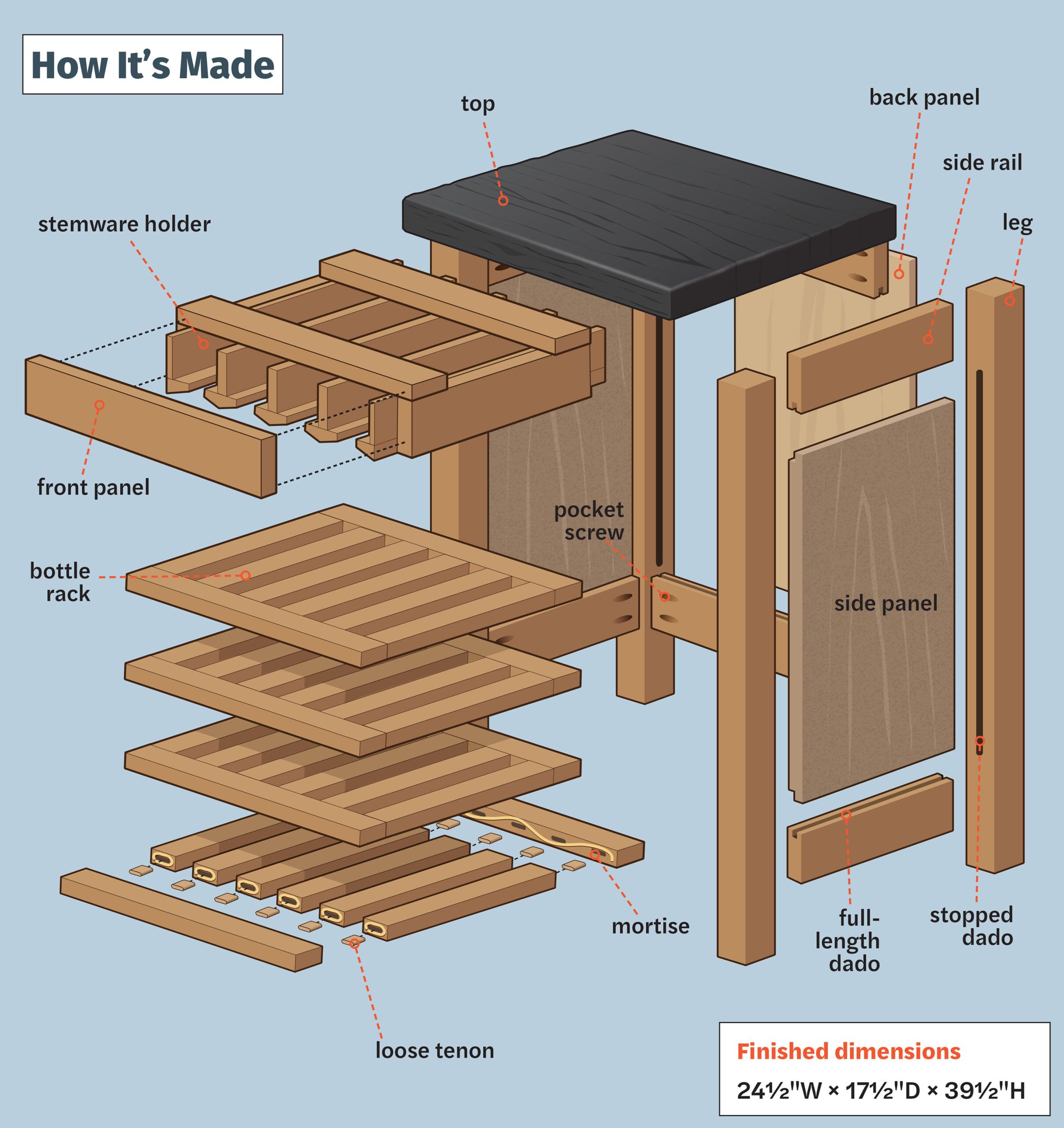
Build a Wine Rack: Step-By-Step
The wine rack is built using a combination of reclaimed wood pieces and careful joinery techniques. The design incorporates legs, side rails, panels, and shelves to create a sturdy and attractive structure.
Step 1: Cut the Pieces to Size
Begin by cutting all the pieces according to the cut list. Use a table saw to rip the pieces to width and a miter saw to cut them to length. For the cabinet back, cut the 1/2-inch panel on the table saw. If you’re working with salvaged wood, run it through a thickness planer for consistent dimensions. This will help to create clean, uniform pieces that are easier to work with.
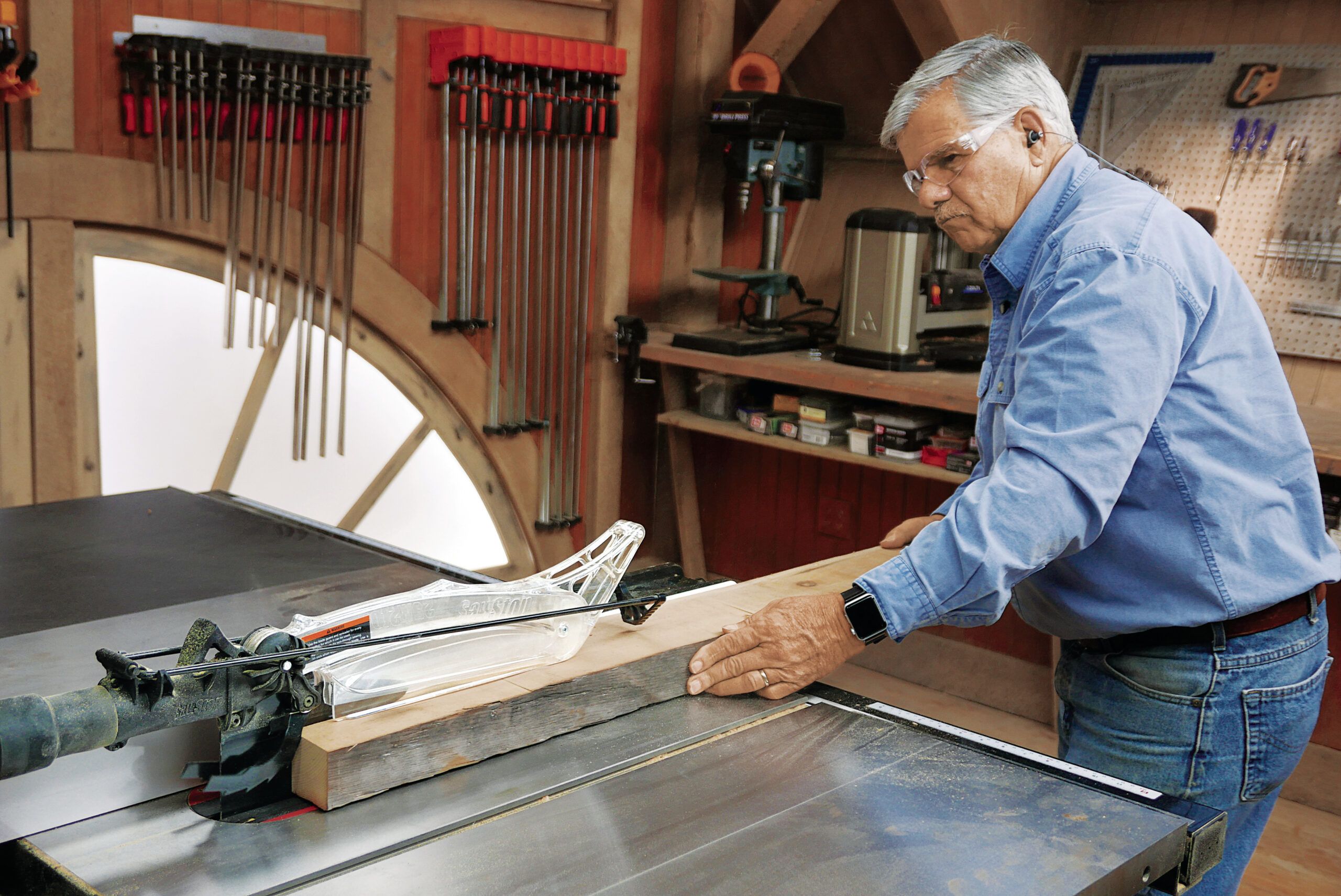
Step 2: Make the Top
Edge-glue and clamp the two pieces for the top together. If using salvaged lumber, glue the sawn edges. After applying glue, use a damp rag to wipe away any excess. Allow the glue to set for at least 30 minutes before removing the clamps. You might need to sand the glued surface lightly and remove any leftover adhesive.
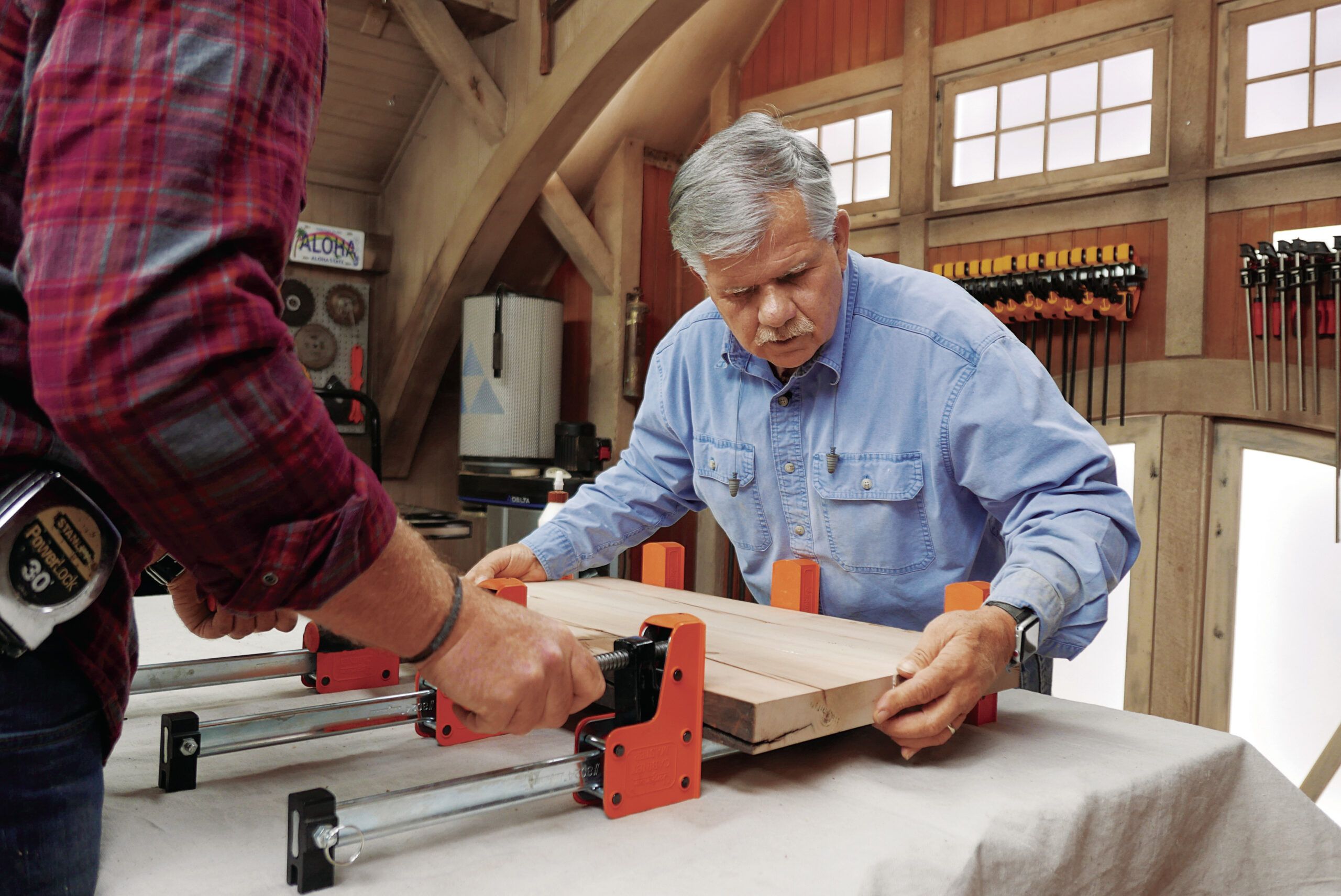
Step 3: Dado the Legs and Rails
Set up your router table with a 1/2-inch router bit. Adjust the depth to 1/2 inch and offset the fence 1/8 inch to the outside. Use a featherboard to stabilize the workpiece as you create 28-inch-long stopped dadoes in each leg and a continuous dado in one edge of each rail.

Step 4: Rabbet the Sides
Adjust your router fence to cut a 1/2-inch-by-1/2-inch rabbet into all edges of each side piece. After rabbeting, sand and round over all the edges. When working with salvaged wood panels, sand gently to preserve the wood’s natural patina and character. This adds a touch of authenticity to your wine rack, making it even more appealing.
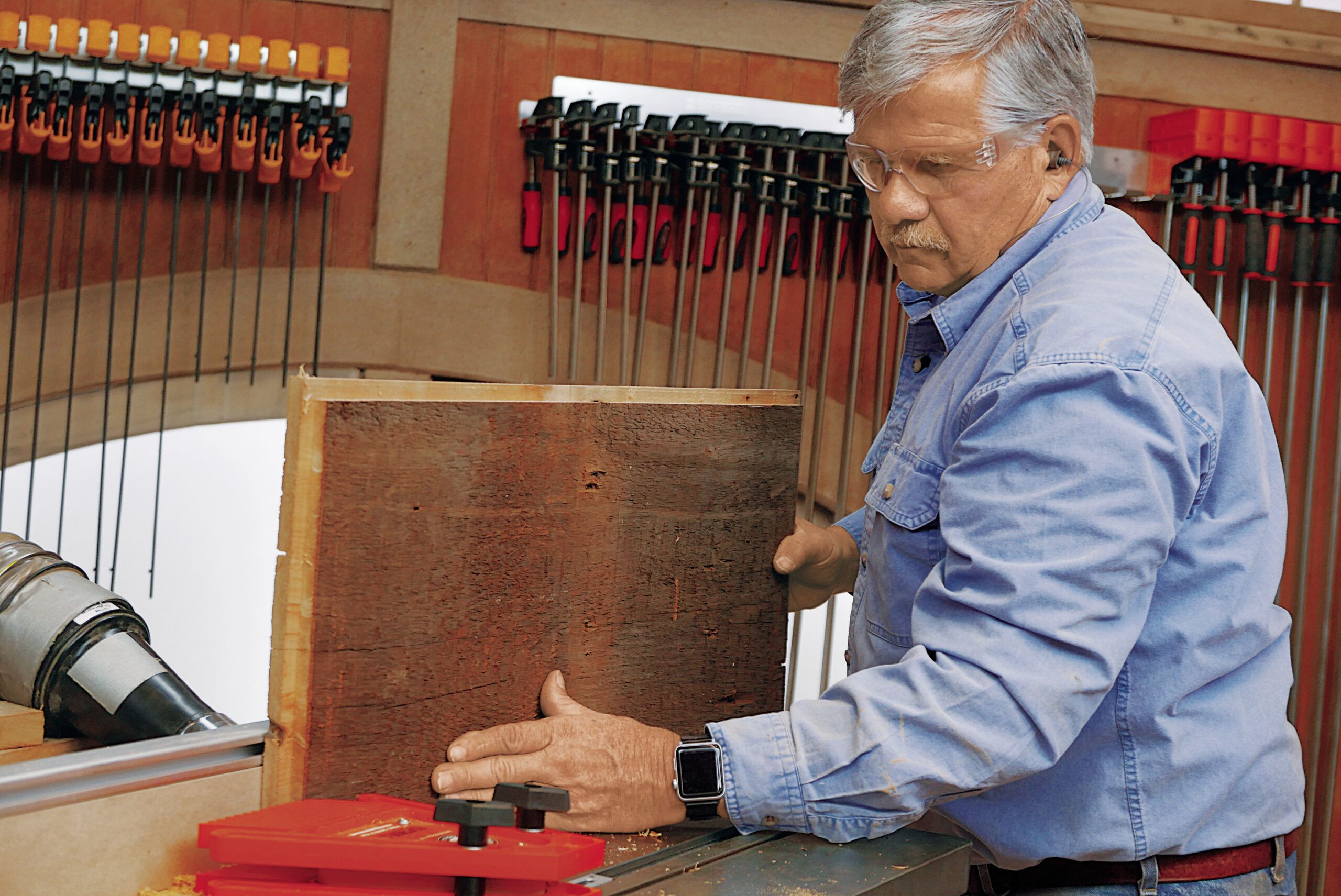
Step 5: Prep for Pocket Screws
Use a pocket-hole jig to drill two pocket holes into the ends of each rail. Place a leg on your workbench with the dadoes positioned as shown. Hold a rail piece vertically on the leg, aligning the dadoes and checking that the rail sits flush with the top ends of the leg. Secure the rail to the leg using two pocket screws. This step creates strong, durable connections between the frame components.

Step 6: Assemble the Sides
Fit the side-panel rabbets into the dadoes of the leg-and-rail assembly. Slide a side rail onto the panel’s rabbet and tap it snugly into place. Secure the end of the rail to the leg using pocket screws, as in Step 5. Repeat this process to assemble a second side piece. For the back panel support, place the second side piece facedown and pocket-screw two vertical rails to one of its legs. This will form the rear frame for the wine rack, providing further stability.
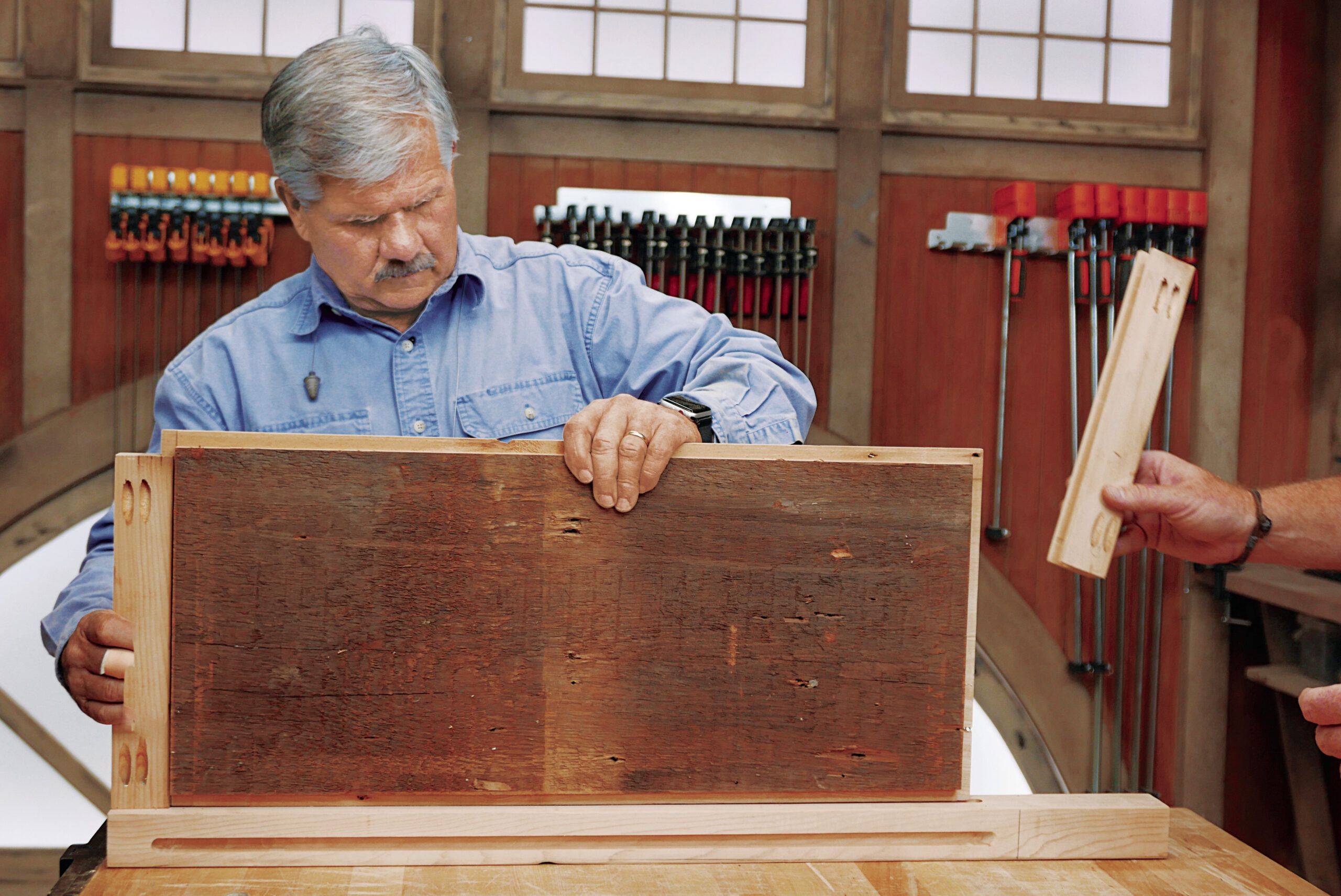
Step 7: Make the Bottle Racks
Using a loose-tenon joiner, cut mortises into the ends and sides of the rack pieces. Apply glue to each mortise, insert tenons into the end pieces, and tap the side piece mortises onto them. Wipe away any excess glue. Repeat this process to create three more racks. Make sure each rack is square and stable before moving to the next step. Well-constructed racks will securely hold your wine bottles.

Step 8: Attach the Bottle Racks
Lay one side piece facedown on your workbench. Use a framing square to mark the legs where each rack will be positioned. Apply glue to the marks closest to the cabinet’s bottom, set an assembled rack on the glue, and secure it to the leg using brad nails. Repeat this process for the remaining racks.
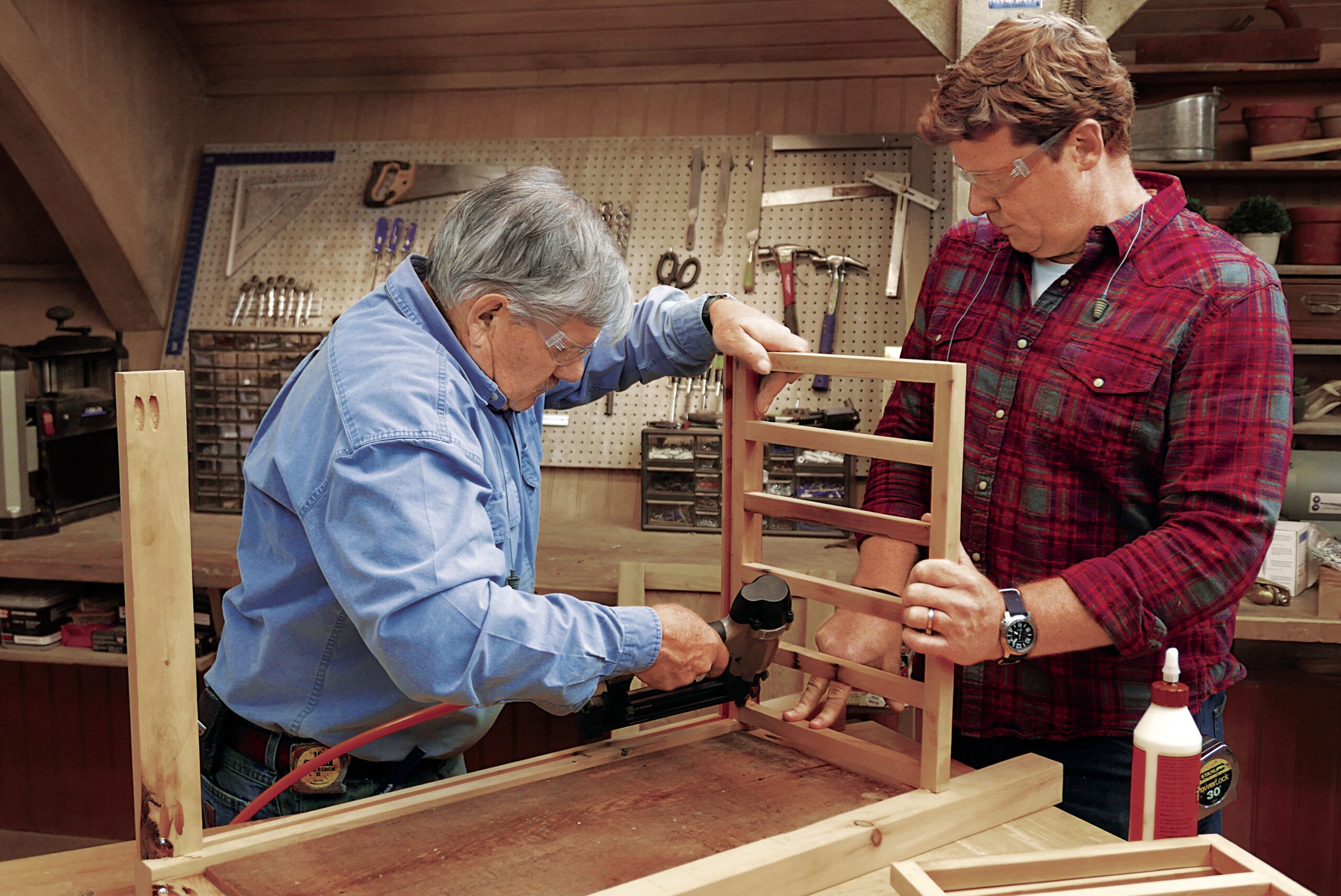
Step 9: Finish the Cabinet Assembly
Slide the plywood back panel into the dadoes of the vertical rails assembled in Step 6. Use a framing square to locate the centers of the racks on the panel’s back side, then brad-nail the panel to them. Place the remaining side piece next to the back panel assembly.
Apply glue to the side piece legs, then carefully turn the entire cabinet assembly onto the glued areas, fitting the back panel into the leg dado. Secure the shelves to the legs with brad nails at the glue points. Complete the side connection by driving pocket hole screws into the front and back legs. This final assembly step integrates all the individual parts into a sturdy unit.

Step 10: Make the Stemware Holders
On your table saw, create side-by-side, 15-degree bevels in the 5/4×4 stock. Cut the pieces to length and use a block plane to round over the edges. Glue a 1×2 to the unbeveled side of each piece. Once the glue has dried, cut one piece in half lengthwise to create two narrower holders. These will form the slots through which the base of your stemware will slide.

Step 11: Add the Stemware Holders
Arrange the stemware holders parallel to one another, placing the half-width pieces on either side. Secure them by brad-nailing two crosspieces on top. Insert the assembled holders into the cabinet above the top shelf, positioning them against the horizontal 1x pieces inside the cabinet’s top, front, and back. Glue and nail the crosspieces to secure the assembly in place. This feature adds a functional and appealing aspect to your wine rack.
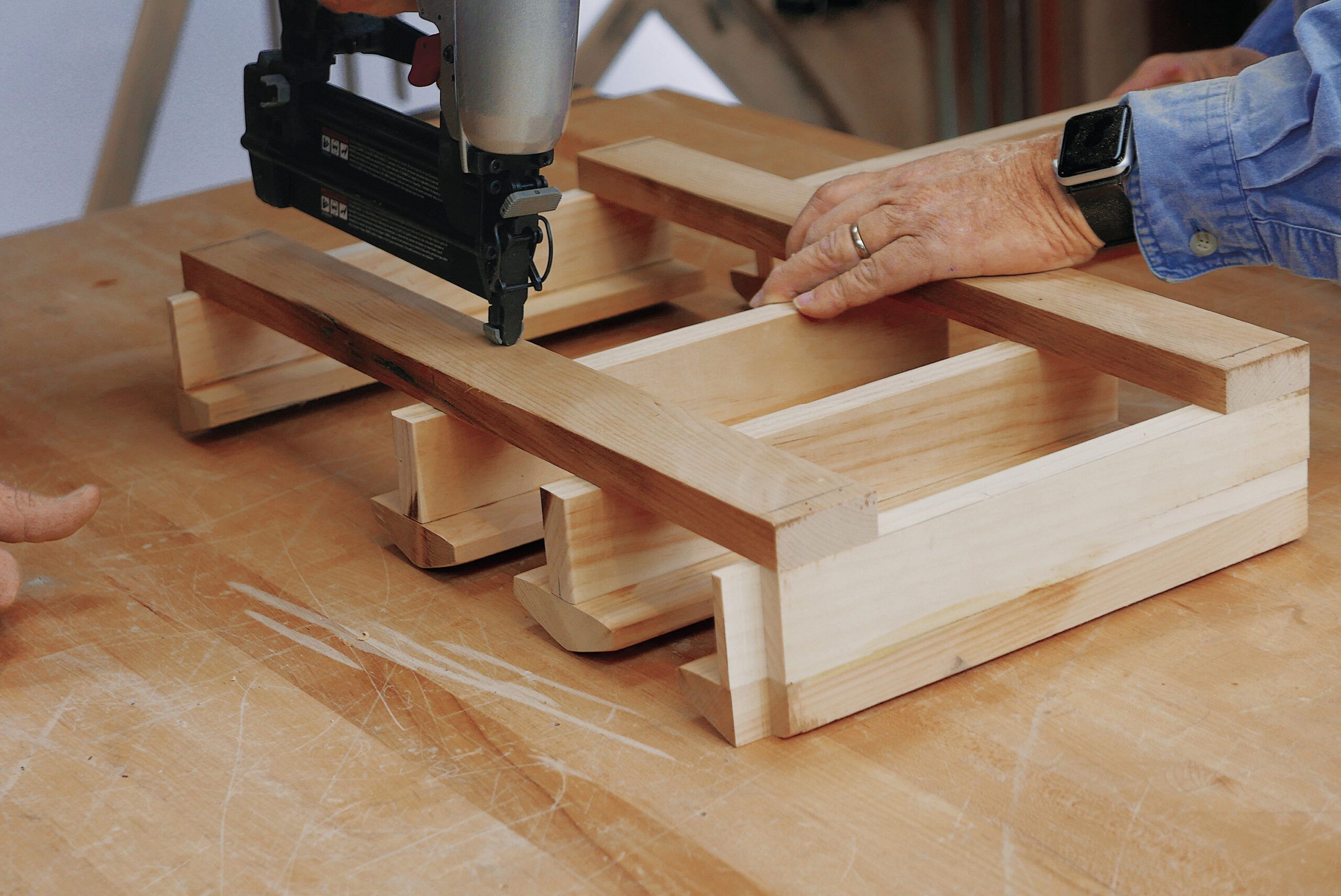
Step 12: Secure the Top
Attach the top to the cabinet by driving screws from underneath. To finish the piece, apply five coats of wipe-on polyurethane to the legs and sides. For the top, use a black polyurethane stain followed by three coats of gloss polyurethane for a striking contrast and durable finish. Give the top a final gentle sanding after the coats have dried for a smooth, elegant appearance.
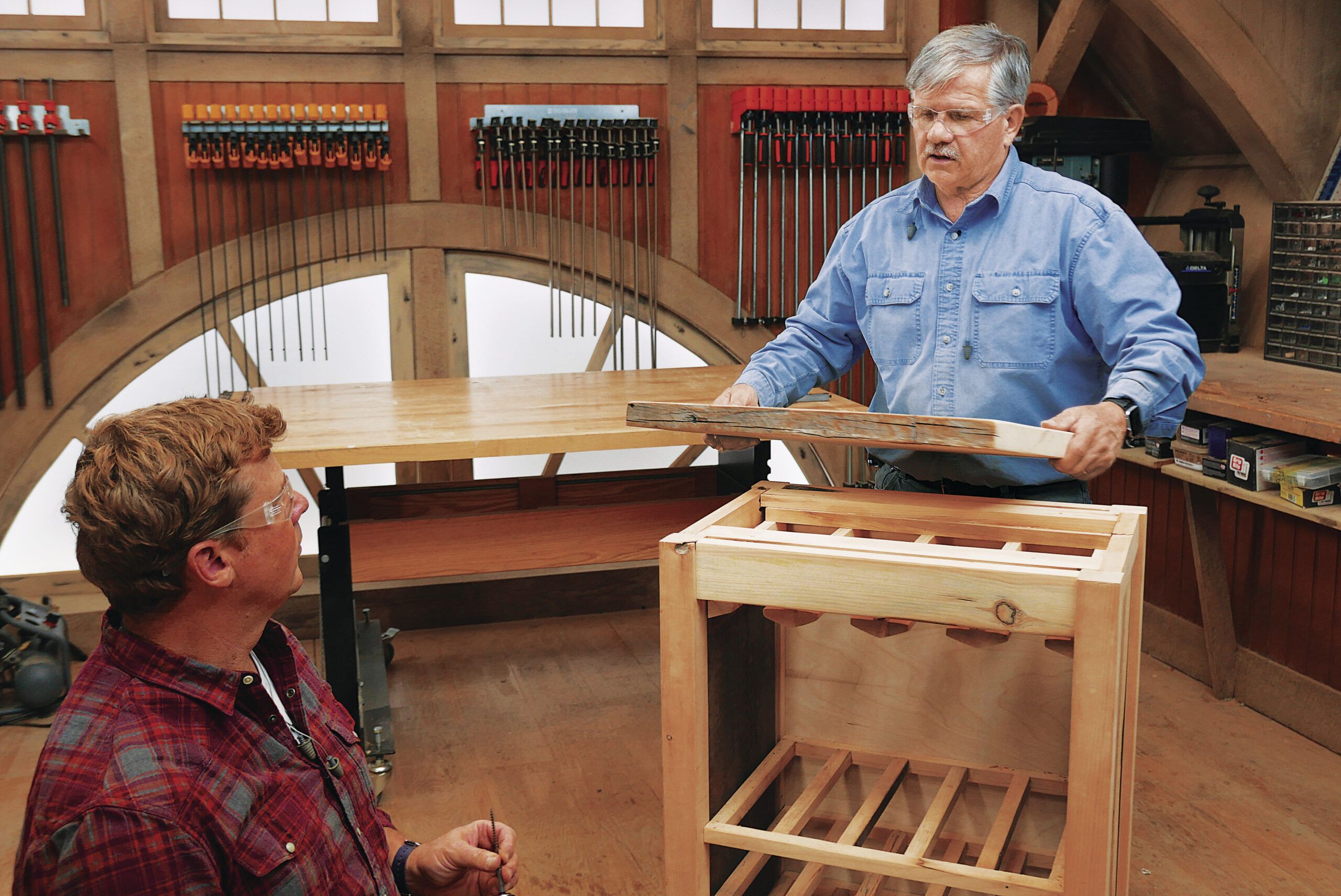
Sourcing Salvaged Wood
Start by searching local suppliers, including architectural salvage yards and online marketplaces like Craigslist. Some Etsy sellers also offer reclaimed wood suitable for small projects. To save time and effort, avoid painted wood or pieces that require extensive denailing.
When selecting wood, look for pieces with stable knots and tight grain patterns, as these characteristics often take stain beautifully. If you don’t have access to salvaged wood, don’t worry—you can use lumberyard stock or mix in reclaimed pieces from specialized sellers. Make sure the wood is free from rot and insects, and clean it properly before use. This adds a unique touch to your wine rack, making it truly one of a kind.
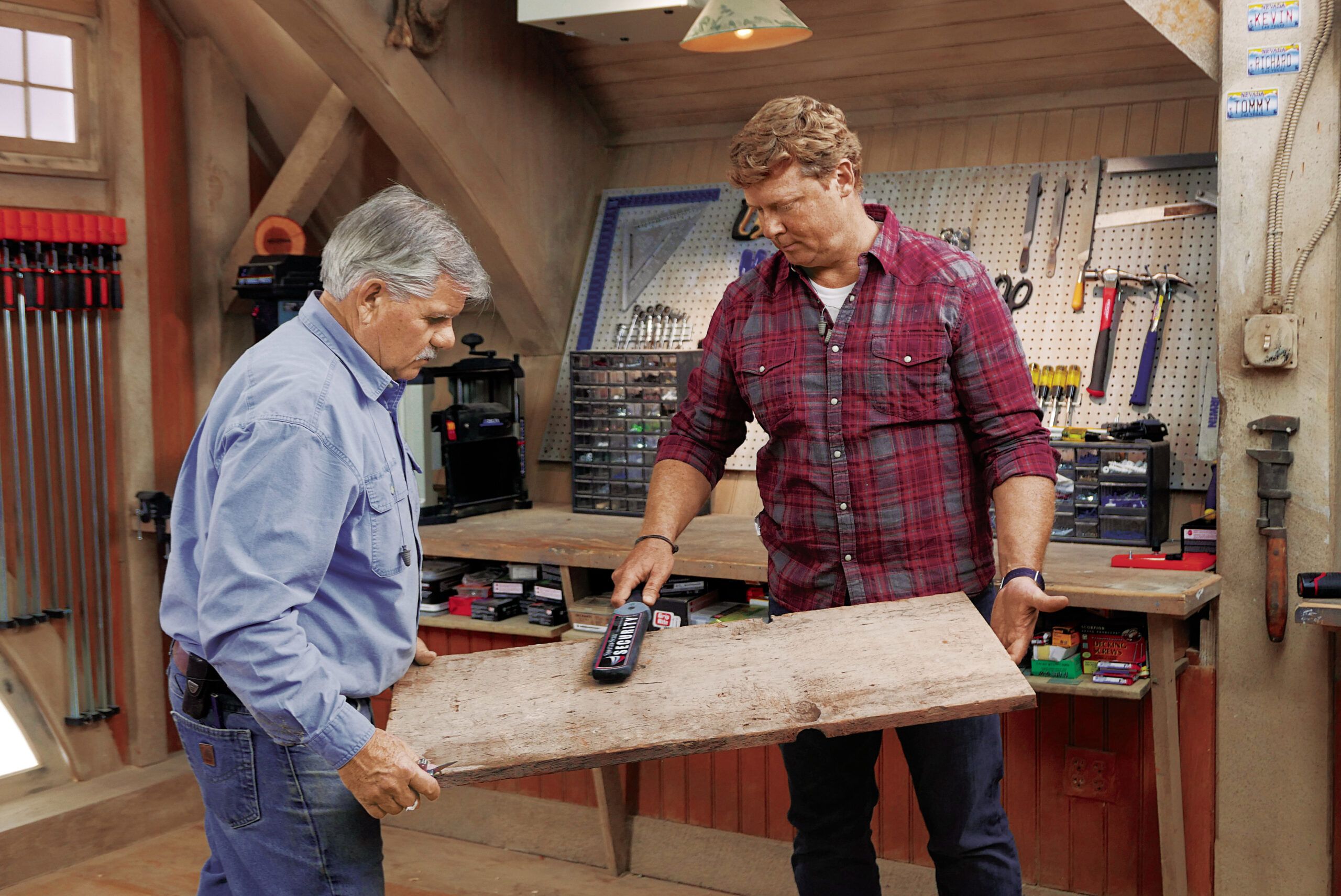
When working with reclaimed wood, use a handheld metal detector to locate any hidden nails or metal pieces. These can damage your tools and compromise the integrity of your project. Scan the wood thoroughly, and if you detect any metal, carefully remove it before proceeding. This helps your tools remain in pristine condition and your project progress smoothly.
Additional Tips
When selecting wood for this project, use reclaimed white pine or other salvaged lumber with tight grain patterns. If you don’t have access to reclaimed wood, various types of lumber from home centers and lumber yards can be suitable alternatives. Look for quality wood that’s free from major defects.
For assembly, use a high-quality wood glue such as Gorilla Glue. To achieve the desired finish on the top, apply a black wood stain, then sand it lightly to reveal some of the wood grain before coating it with wipe-on polyurethane. These finishing materials, along with other supplies needed for the project, can be found at most home centers. Always follow the manufacturer’s guidelines for application and safety.

